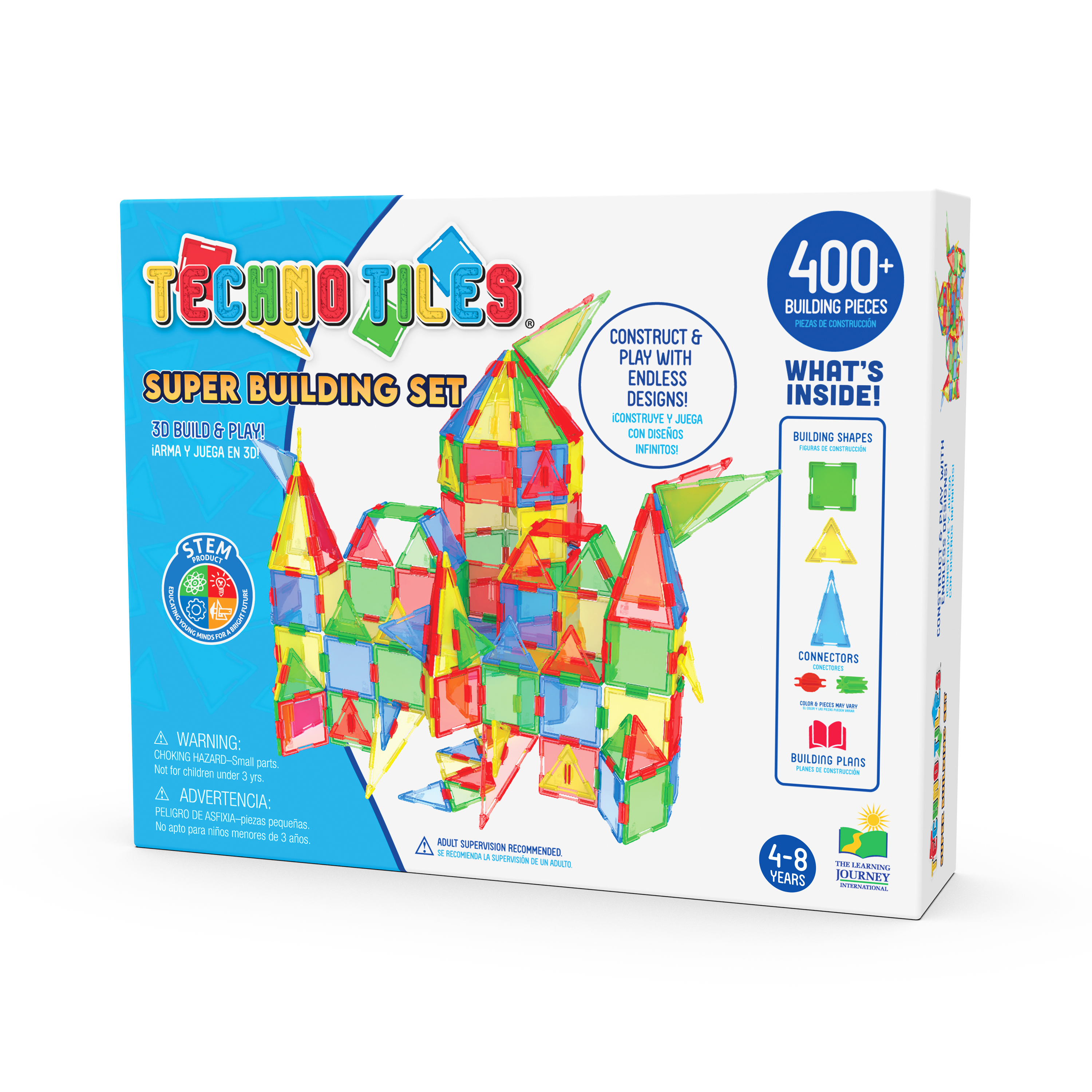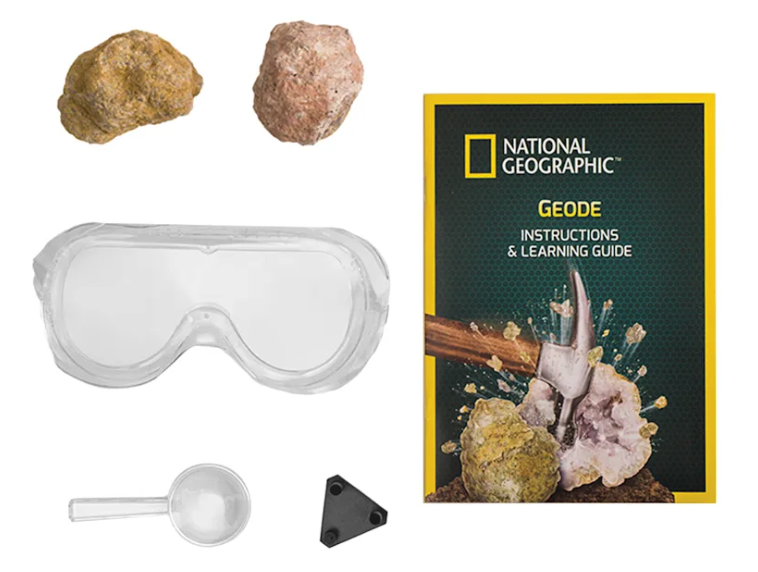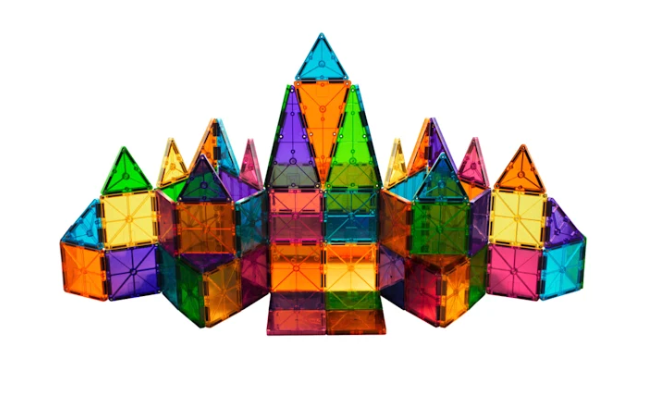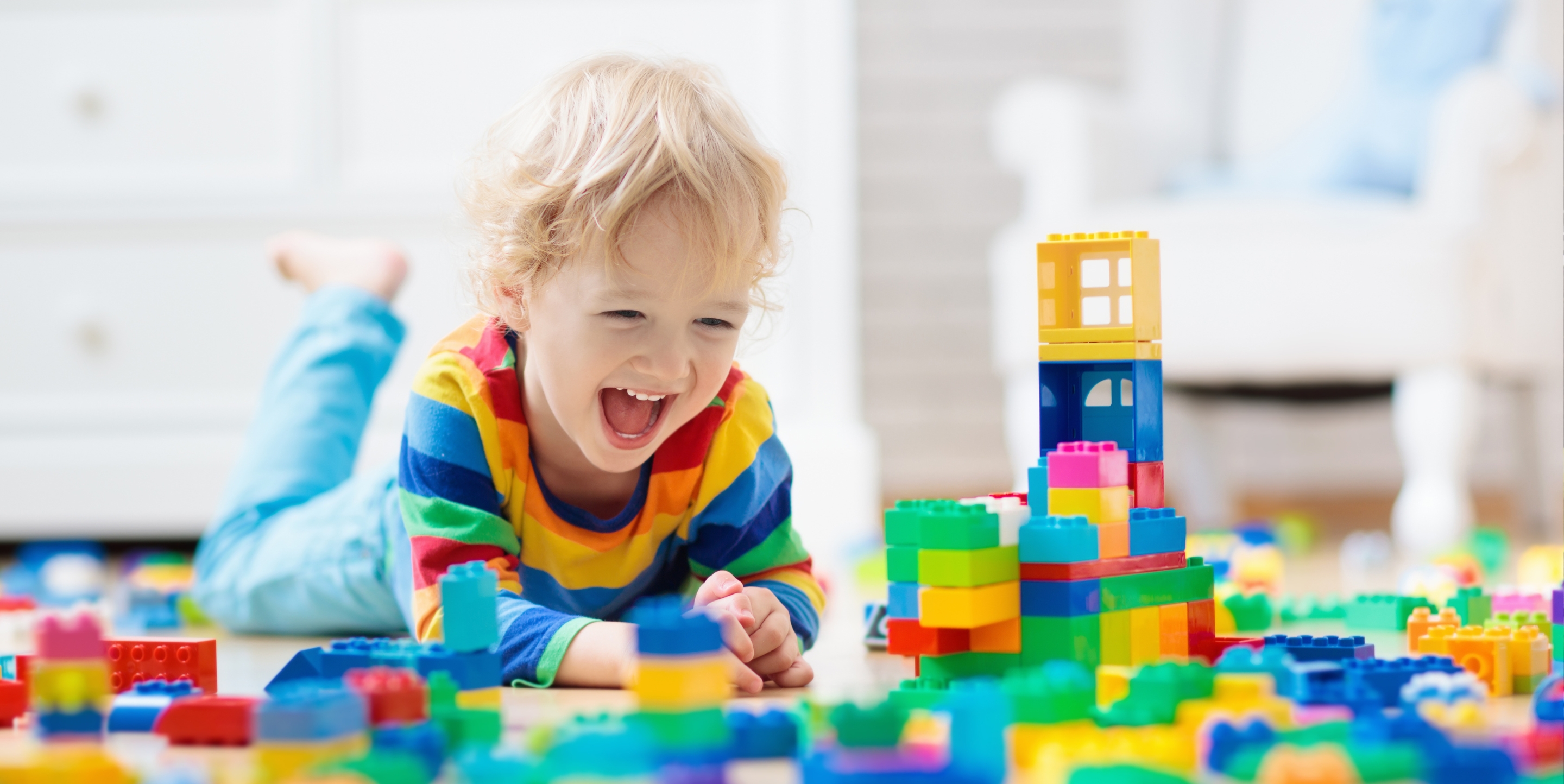Best STEM & STEAM Toys for 2025: Great Picks for Curious Kids
Explore top-rated STEM and STEAM toys for kids of all ages in Fleet Farm’s 2025 gift guide. Find fun, hands-on options that support learning and creativity.

STEM toys focus on science, technology, engineering, and math. Add the “A” for STEAM, and you bring in the arts, boosting creativity alongside hands-on learning. These toys let kids explore, build, and think in new ways. For the 2025 holiday season, Fleet Farm has a growing selection of fun, kid-friendly picks that make learning part of everyday play.
What's the difference between STEM and STEAM? The key difference is creativity. STEM builds skills in science and math-based thinking, while STEAM adds an artistic element that helps kids express ideas, design solutions, and think more visually. Both encourage problem-solving, but STEAM adds more room for imagination.
What Makes a Good STEM Toy?
The best children’s STEM toys encourage kids to build, test, and think things through. These toys invite kids to ask questions, try ideas, and see what happens. This could be solving a puzzle, stacking blocks, or even exploring how magnets work. A good STEM toy is made for the child’s age, easy to use, and designed to last. Toys that focus on open-ended play or real-world ideas, such as counting, measuring, or creating, spark even more STEM learning at home and school.

Studies have shown that early math skills are one of the most consistent predictors of later academic success, especially in grades K-5.
What makes a good STEM toy? A good STEM toy gets kids thinking without giving them all the answers. It should spark curiosity, invite hands-on play, and grow with the child’s skills. Look for toys that are age-appropriate, open-ended, and built to last through lots of experimenting.
Top STEM Toys by Age Group
Every age brings new ways to learn and play. The best STEM toys for kids match their stage of development, so they stay curious and challenged. Are they stacking blocks or solving puzzles? There’s something for every child to explore.
STEM Toys for Ages 3-5
At this age, kids learn best when they can touch, see, and hear. Look for children’s STEM toys with large pieces, soft textures, and simple parts they can sort, stack, and move around. Toys that show cause and effect, like pressing a button to hear a sound, establish early thinking skills and fine motor control. This stage is perfect for introducing basic ideas such as shapes, numbers, and how things fit together.

In fact, research has shown that hands-on STEM toys like stacking sets and building kits improve motor skills and cognitive development in young learners.
When should STEM learning begin? STEM learning can start as early as preschool. At that age, kids naturally explore patterns, shapes, and cause-and-effect through play. You don’t need complex tools—just toys that help them sort, stack, build, and ask questions.
STEM Toys for Ages 6-8
Kids in this range are ready for more hands-on challenges. This is a great time to introduce basic STEM activities like magnets, snap circuits, or beginner coding kits. Some toys encourage kids to build on their own, while others are perfect for working together with a friend or sibling. These toys let children explore how things work and give them space to test new ideas.

What is a STEM activity? A STEM activity is anything that gets kids solving problems using science, tech, engineering, or math skills. It could be building a bridge from craft sticks, testing what sinks or floats, or figuring out how to power a light bulb. The key is hands-on learning that encourages trial and error.
STEM Toys for Ages 9-12
Older kids are often ready for toys that introduce bigger ideas, such as ones that focus on engineering, robotics, or logic-based games. These toys allow for trial-and-error learning and can strengthen skills they’ll use in school, like problem-solving, planning, and even introductory chemistry or physics. Look for kits that come with parts to build, test, and rebuild.

How STEM Toys Support Learning at Home
STEM learning doesn’t have to stop at the classroom door. Having the ideal toys can keep kids exploring math, science, and problem-solving at home. Many STEM activities are screen-free and hands-on, making it easy to remain focused and creative. Are they building, mixing, or designing? Kids get to learn by doing. Parents can join as well, turning playtime into something fun the entire family can enjoy.
Research shows that screen-free STEM activities encourage children to engage with physical materials, develop fine motor skills, and exercise their imaginations in tangible ways.
Furthermore, studies show that children who engaged in STEM programs at both home and school made significantly more improvement in science learning compared to children who only participated at school.

Are STEM toys good for ADHD? Yes. STEM toys can help kids with ADHD stay engaged through hands-on, focused play. Many involve building, moving parts, or step-by-step challenges, which can improve concentration and reduce restlessness. Look for open-ended toys that let them explore at their own pace.
Must-Have Picks from Fleet Farm’s 2025 STEM Toy Lineup
Fleet Farm’s 2025 collection of STEM toys includes new arrivals, customer favorites, and staff picks that are ready for holiday gifting. From hands-on building kits to interactive characters, each toy is designed to spark curiosity and encourage creative play. These options are available both online and in stores, so it’s easy to shop however you prefer. Are you buying for a building engineer or a curious artist? There’s something for every age and interest.
- DreamWorks How To Train Your Dragon Soaring Toothless Dragon Glider: This glider lets kids launch Toothless and explore physics through flight — like learning about lift, gravity, and trajectory. It’s especially great for ages 4+ who like active, outdoor STEAM‑play.
- Lite-Brite Magic Screen: Bring classic creativity to life with the Lite-Brite Magic Screen. Kids can create glowing designs by inserting colorful pegs into the light-up screen, then watch their artwork shine. With reusable templates and a sleek design, it’s a fun, screen-free design that encourages fine motor skills and artistic expression.
- Thames & Kosmos Mega Cyborg Hand: Explore engineering in action with the Thames & Kosmos Mega Cyborg Hand. Kids can build a life-size robotic hand that uses air-powered hydraulics to move and grip. Adjustable for left or right hands, it’s a hands-on way to learn about mechanics, robotics, and human anatomy, all while having fun building and experimenting.
Looking for a Gift that Teaches and Inspires?
STEM and STEAM toys make learning fun, and they’re gifts that kids will come back to again and again. Are you shopping for the holidays or a birthday? These toys offer more than simply playtime.
Key Takeaways:
- STEM and STEAM toys build creativity, logic, and real-world skills
- Great picks are age-appropriate, hands-on, and fun to use
- Toys can encourage learning both at home and in the classroom
- Kids learn more when they explore through play
- Parents can get involved for even more learning moments
Explore Fleet Farm's full selection of STEM & STEAM toys to find hands-on gifts that inspire learning, spark creativity, and keep kids engaged all year long.












